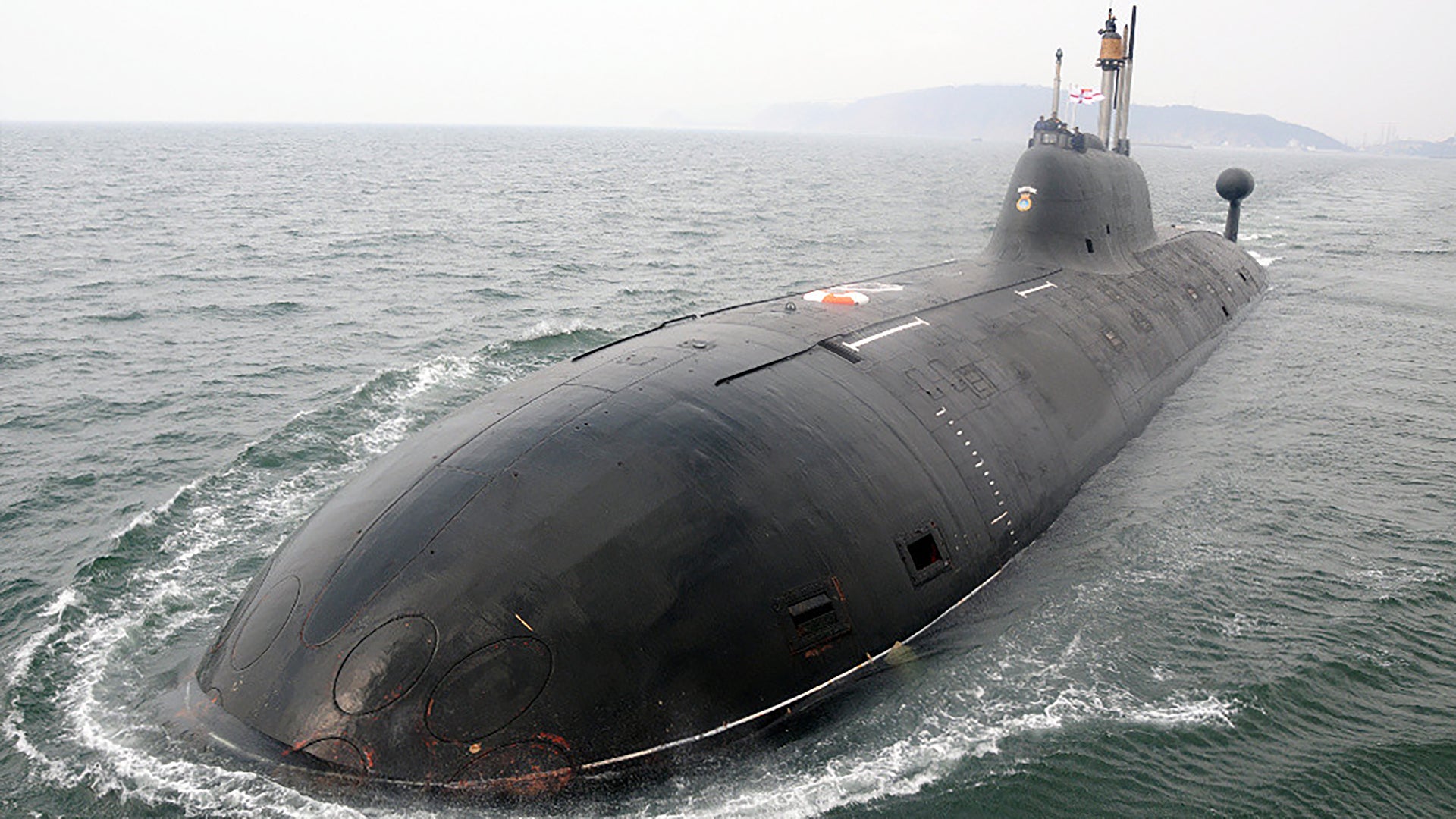India’s very first nuclear ballistic missile carrying submarine (SSBN), the INS Arihant, has been pier-side undergoing repairs for ten months following a totally avoidable accident. The news comes as India struggles to move from an all diesel-electric fleet of submarines to a mixed fleet featuring much larger and more complicated boats. The sidelining of Arihant in particular is especially troublesome as the submarine represents a very high-priority strategic weapons project for an increasingly powerful India, and the future of the country’s second-strike nuclear deterrent depends on the submarine class.
The incident resulted from a hatch being mistakenly left open near the rear of the hull of the multi-billion dollar submarine while it was docked. Water came rushing into the vessel’s nuclear propulsion compartment doing significant damage to the sensitive systems and infrastructure located there. Large sections of pipes had to be cut away in the aftermath, further complicated the repair effort. The vessel is powered by an 83 megawatt pressurized light-water reactor that uses enriched uranium fuel.
Arihant was just commissioned in August of 2016, meaning that it was operational for only about six months before taking critical damage. Russian media says the vessel was returned recently to service, but there is no corroborating proof of that claim at this time.
India has been very tight lipped about their SSBN project, dubbed the Advanced Technology Vessel. Very few pictures of the submarine exist publicly and the level of damage to INS Arihant is just being reported on now. India’s nuclear submarine program as a whole has hit a rough patch in recent months as its other nuclear powered submarine, the fast attack boat INS Chakra, took damage last October to its sonar dome while pulling into Visakhapatnam harbor located on the Bay of Bengal. A five foot hole was punched in the bow of the submarine and Russian experts were on scene in December trying to figure out how best to fix the damage.
INS Chakra started out life in Russia as the Nerpa (K-152), with construction beginning in 1993. The Akula class fast attack submarine sat in a partially built state for a decade and a half before India sponsored the rest of its construction and sea trails. The finished Nerpa was launched in 2008 and by 2012 she was turned over to the Indian Navy under a ten year lease arrangement as the renamed Chakra.
Years before taking possession of the potent fast attack sub from Russia, another mishap aboard the boat left dozens injured or killed. The event occurred during a 2008 test mission in the Pacific when the submarine was loaded with over 200 sailors and civilian workers. The fire extinguishing system was accidentally set off and it automatically sealed a number of compartments and flooded them with Halon gas with little warning, suffocating to death some occupants and injuring others. The cause of incident was blamed on human error and faults in the automated system. It was the worst Russian submarine disaster since the sinking of the Kursk in 2000.
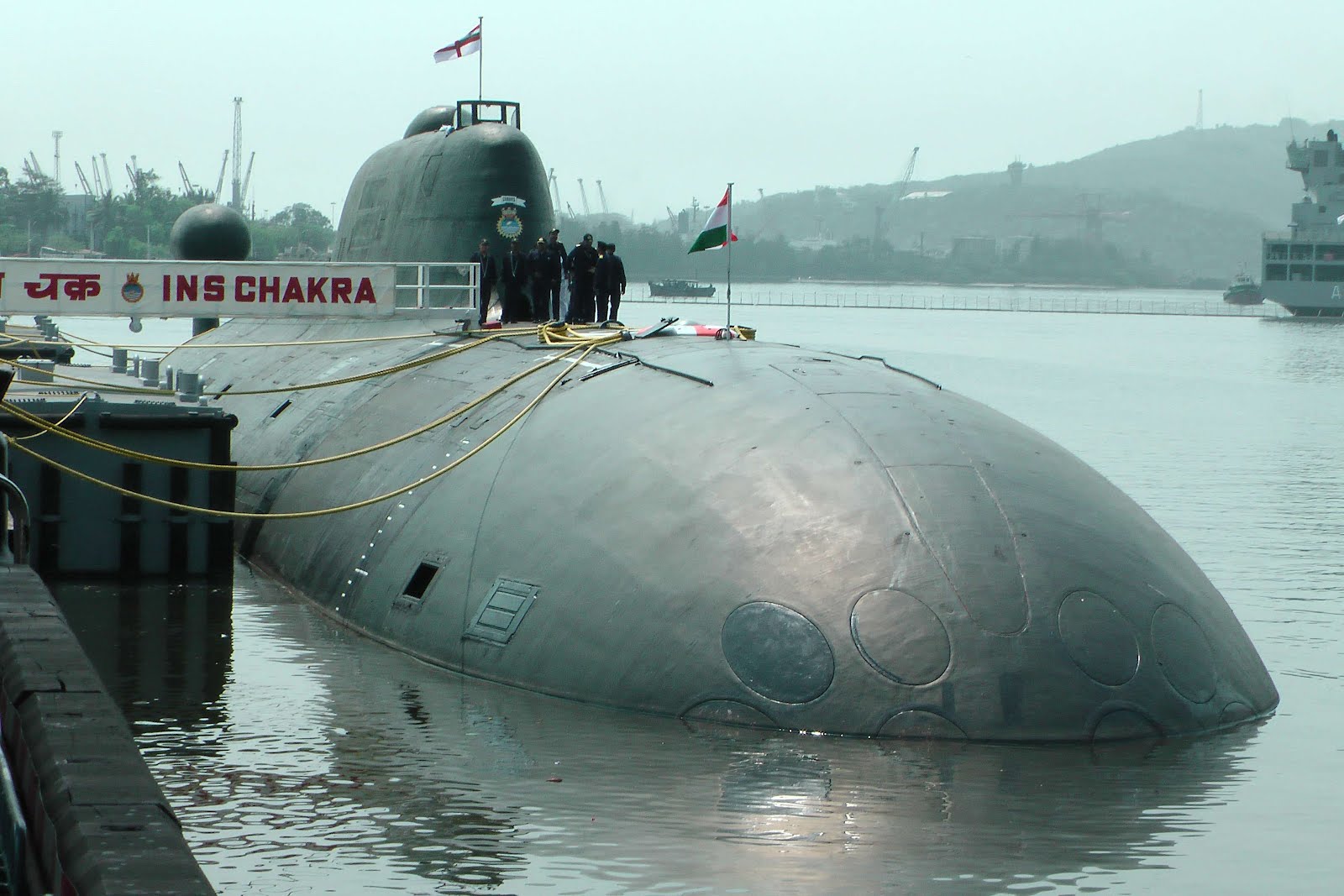
Accidents aside, India now wants to lease a second
Akula class submarine from Russia, but the original lease of the Chakra not only gave the Indian Navy an advanced nuclear fast attack submarine capability, but it also allowed it to gain knowledge on how to operate and sustain such a complex vessel.
With a lot of help from Russia, the Akula class design was partially ported over as part of the Advanced Technology Vessel program, with some of the type’s components being adapted for use in a submarine-launched ballistic missile (SLBM) platform. Four additional boats in the class are slated to join Arihant in the future. Together they will serve as the backbone of India’s survivable nuclear deterrent.
With five boats in the fleet, at least one, and more usually two will be able to be on patrol at any given time. The baseline design is capable of holding up to 12 K-15 “Sagarika” short-range nuclear-tipped ballistic missiles, three of which can be packed into each of the submarine’s four vertical launch tubes. Each missile is thought to be highly accurate but has a relatively short range of around 450 to 1200 miles depending on the payload weight.
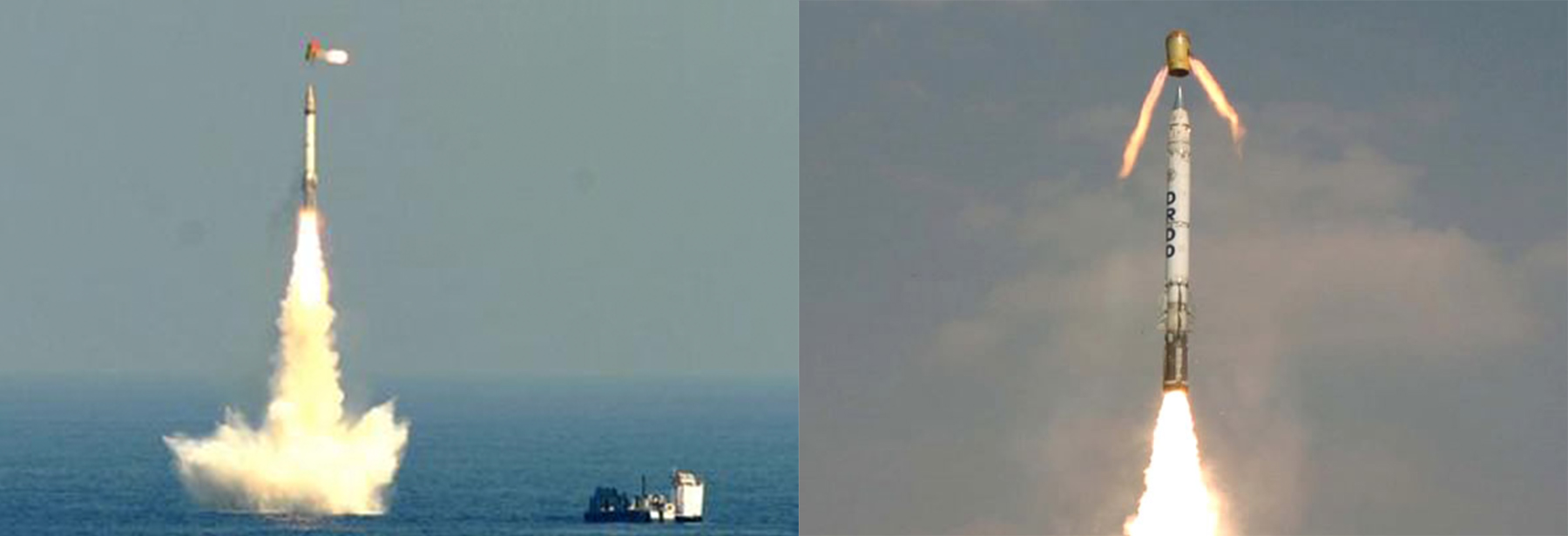
A larger missile is under development for the class as well— the intermediate-range K-4 SLBM. When this missile is ready to be deployed, the Arihant will be able to accommodate four of them. This number will expand to eight missiles with the second boat in the class, the INS Aridhaman, which has already been launched, as well as those that follow.
The slightly larger and more capable INS
Aridhaman is slated to become operational in 2019 and it will also feature other differences as well, including upgrades in reactor power, new indigenously-built sonar and integrated combat systems, enhanced communications, and other smaller differences. All this points to the real possibility that as India’s submarine-based nuclear deterrent grows, the less capable INS Arihant may end up serving as something of a technology demonstrator and training vessel as much as one that focuses on nuclear deterrent patrols. Lessons learned from the Arihant program will also be rolled into an upcoming initiative to procure six indigenously built nuclear fast attack submarines.
The Indian Navy is prepared to spend a lot of money to totally revamp its submarine capabilities over the coming decade, and is engaging foreign submarine manufacturers heavily to see that it happens. Currently India’s submarine fleet is mainly made up of aging Russian diesel-electric boats, and the fleet’s readiness is far from stellar. But with such a large investment in new submarine capabilities, India seems willing to accept a steep learning curve and the risks that go along with it to realize a first-rate underwater warfare capability.
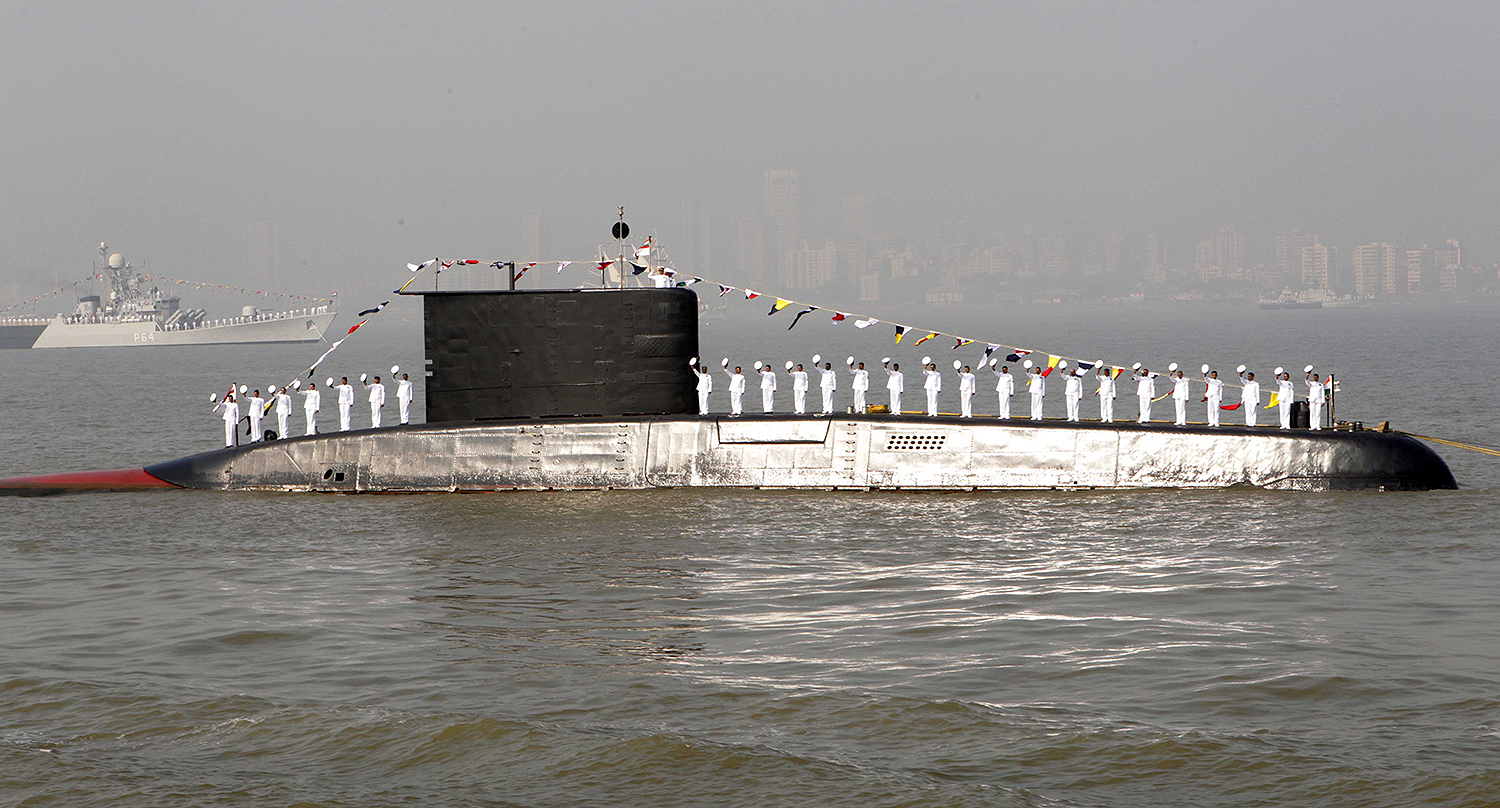
Much of this is spurred by the advances in Chinese submarine technology and the country’s overall expansion of its military might over the last decade and a half. With tensions mounting between the two countries, India clearly thinks it needs a highly credible second-strike nuclear deterrent to maintain some level strategic parity.
Additionally, considering New Delhi has a no first strike policy, rendering a highly credible survivable second strike deterrent is especially important. The region overall is quite wary of China’s increasing strength and geopolitical assertiveness, and considering shipping and enforcement of territorial claims are such sensitive topics for major players in the region, the submarine remains a very relevant offensive and defensive tool.
There is also India’s old foe Pakistan, who is trying to field its own second-strike deterrent in the form of nuclear-armed submarine-launched cruise missiles fired from its diesel-electric submarines. This capability isn’t anywhere near as robust as fielding a SSBN that can hide underwater for months at a time and can fire ballistic missiles from unpredictable locales. But still, it is a nuclear armed submarine capable of standoff attacks, and other countries, namely Israel, relies on a similar submarine-based nuclear deterrent.
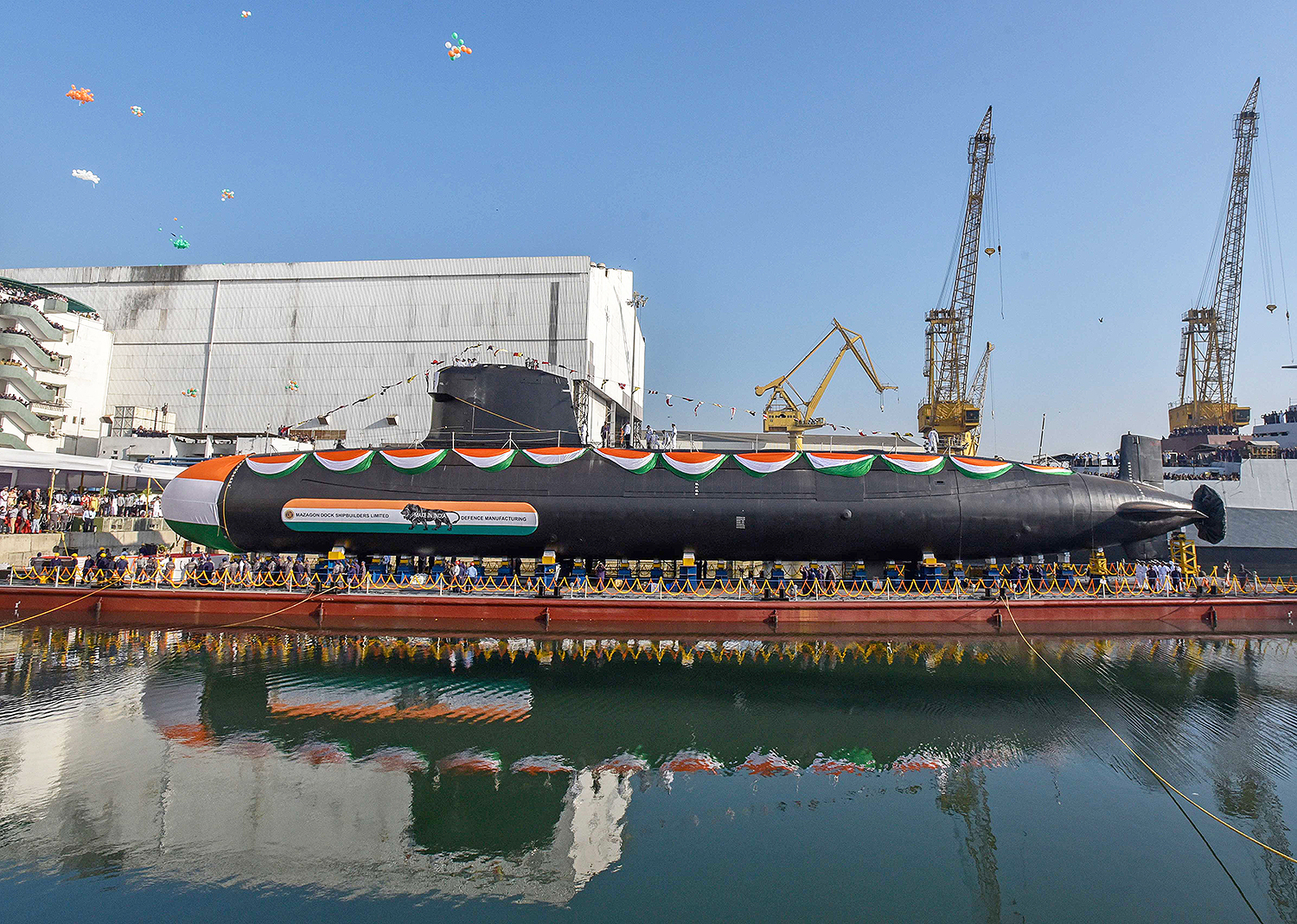
Regardless of its peer-state competitors or its current state of readiness, it is a very certain bet that India’s submarine force as a whole will look very different in a decade than it does today. Paired with its other major naval programs, including the eventual fielding of a number of advanced aircraft carriers, the country’s ability to control the seas around shores and project power beyond will be far greater than it is today. But the ultimate weapon on planet earth remains the SSBN, and regardless of the bumps along the way, India is already well on its way to achieving a credible second-strike deterrent.
Contact the author: Tyler@thedrive.com
